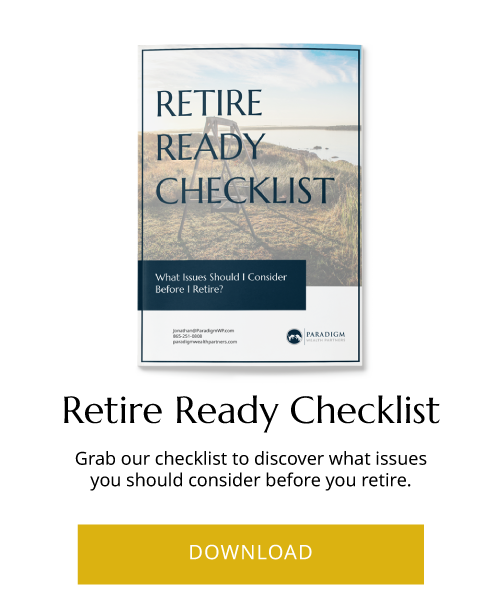What is a Stock Split?
Last month, Apple’s (AAPL) stock split on a 4-for-1 basis. This, along with some movement in Tesla (TSLA), caused the popular investing app Robinhood to crash. Platforms such as Robinhood have enabled easier access to the markets for young investors; but there is plenty of misinformation and risky trading techniques floating around. Many young investors are not familiar with strategies and investing basics. While it is certainly positive that new traders are excited about entering the market, it is important for them to understand some of the fundamental concepts before they jump in.
What is a Stock Split?
A stock split is a tool that companies use to make their stock more available to small investors (for whom the price has become too high to afford). The move increases the number of outstanding shares, while lowering the price of each share. This decision is made by a company’s board of directors.
Apple recently went through its fifth stock split since going public in December 1980.
- June 16, 1987: 2 for 1 split
- June 21, 2000: 2 for 1 split
- February 28, 2005: 2 for 1 split
- June 9, 2014: 7 for 1 split
- August 28, 2020: 4 for 1 split
If Apple would have never done a stock split, the shares today would cost around $28,000! Most people could not afford this. On August 28, 2020, Apple shares closed at $499.23 per share. They opened the following Monday at $127.62 per share.
The most common stock splits are 2-for-1 or 3-for-1, which means those who own shares get two or three shares for every one share they held at the time.
There can also be a reverse stock split, meaning the number of shares is reduced (while the share price increases). This is most often seen when a company is trying to meet the minimum stock price required to be listed on a stock exchange.
Is a Stock Split Good or Bad?
For stockholders, the event of a split alone does not impact their asset value. For example, if you have $100 and I give you two $50 dollar bills in exchange, you still have $100.
However, the forward impact of a stock split can be good for stockholders. It brings the price per share down to a level that will be affordable to a greater number of investors. This could potentially increase the demand for the stock and increase the price per share. Stock splits also increase the liquidity of a stock (because there are now more outstanding shares).
A stock split makes a stock less expensive to buy, but none of its valuation metrics change, nor does its market cap. The overall dividend yield also does not change, but the dividend per share may be reduced by the same divisor as the stock split. Therefore, a fundamental analyst would not be interested in a stock split.
A stock split makes rebalancing a portfolio easier because as each share price gets lower, it is easier to replace shares with new ones. Each trade will involve a smaller percentage of your portfolio.
Generally, a stock split is a positive thing. If the company’s earnings weren’t good, its stock price wouldn’t be so high that it is out of reach for most small investors. A stock split can also signal that the company’s board of directors expects the company to show continued growth, pushing the stock price up even more.
Calculating a 2-for-1 Stock Split
When a stock split is set to happen, the company will declare their intention to issue a certain number of new shares for each existing share. Calculating the number of shares that you will have after the split is important because it allows you to determine your returns accurately.
To calculate your number of new shares, multiply the number of shares you hold currently by the number of new shares the company will issue for each existing share. If you own 150 shares, and the company is doing a 2-for-1 stock split, multiply 150 x 2. After the stock split, you will own 300 shares.
If it were a reverse stock split, say a 1-for 2, you divide 150 by 2. This would net you 75 shares.
Should You Buy Before or After a Stock Split?
Stock splits should not matter when you are investing for the long-term as part of your overall financial plan. Ignore all the noise. If you buy 100 shares of Company X’s stock today for $50 a share or 200 shares of Company X’s stock tomorrow after a split for $25 per share, you still have $5,000 worth of Company X stock.
The only difference may be a change in stock price from the day before the split to the day after (because of trading fluctuations). Again, when you are buying for the long-term, those fluctuations will not impact your portfolio in any meaningful way.
Information in this material is for general information only and not intended as investment, tax or legal advice. Please consult the appropriate professionals for specific information regarding your individual situation prior to making any financial decision.
Robinhood is neither affiliated with, or endorsed by, LPL Financial and Paradigm Wealth Partners.
Dividend payments are not guaranteed and may be reduced or eliminated at any time by the company.
No strategy assures success or protects against loss. Investing involves risk including loss of principal. Past performance does not guarantee future results.



